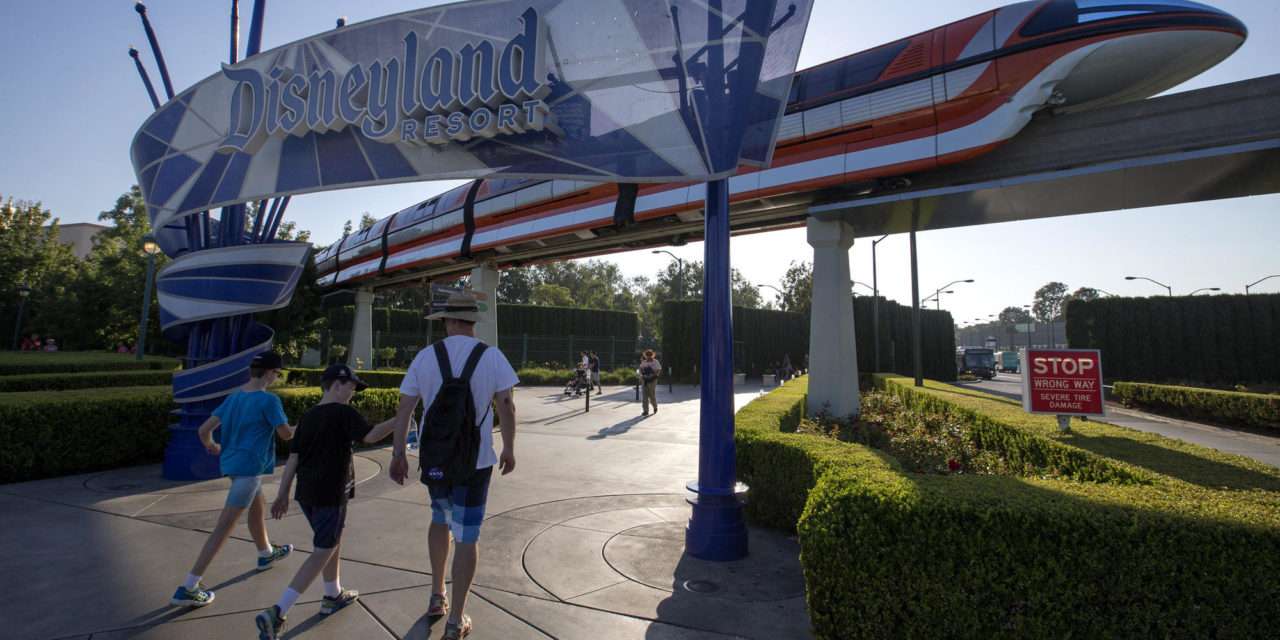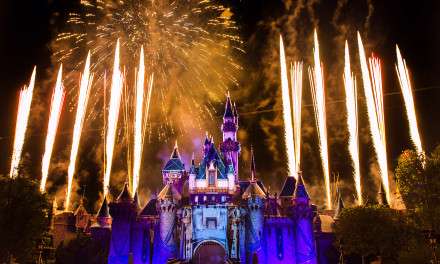When Jose F. Moreno ran for Anaheim City Council last year, he wasn’t just challenging another politician. He was taking on the Walt Disney Co.
In front-porch pitches, the reform candidate told residents that politicians had prioritized Disney ahead of them, hurting a city already challenged by rising crime and poverty.
Disney responded with its pocketbook, making hefty contributions to PACs supporting Moreno’s opponent, incumbent Jordan Brandman, who had voted to approve lucrative incentives for Disneyland Resort.
Outgunned financially, Moreno’s chances appeared slim. But he hammered away at the idea that corporate subsidies had created “two Anaheims.”
“We’ve invested billions, really, in the children of tourists,” Moreno said. “We’d now like to really turn our investments toward making sure we take care of the children of Anaheim so that they can have that magical life that I think we all want for our kids and families.”
Moreno’s message resonated. His victory — in one of the tightest races in Anaheim history — helped flip the balance of power on the City Council.
Now, the new majority, led by Mayor Tom Tait, is already shaking things up. It forced the resignation of a city manager who had favored pro-Disney initiatives, voted to oppose a $300-million streetcar that would’ve ferried riders to the company’s resort, and says it wants to focus on making life better for locals.
Absent from the agenda: cutting big deals with Disney.
That puts the Burbank company in an unfamiliar position. For decades, it has been able to secure incentives, subsidies, rebates and tax protections from the city that, in total, would be worth more than $1 billion, according to public policy experts who have reviewed the agreements.
Guarantees secured via the City Council, such as a decades-long exemption from any potential entertainment tax at Disneyland Resort, have helped insulate and expand the property, whose two theme parks welcomed a combined 27.2 million guests last year, according to data from Los Angeles consulting firm Aecom.
To help get its way, Disney has over the years spent heavily on Anaheim politicians, using a complex network of political action committees to back friendly candidates who will often vote in its favor.
Last year, Disney contributed $1.22 million to 10 PACs that were involved in the November election, more than any other company or single individual, according to an analysis of campaign finance disclosures by The Times. Those PACs received funds from multiple sources and most also spent money on elections outside of Anaheim.
This time, though, Disney’s spending didn’t pay off.
In interviews with The Times, more than a dozen community activists, political observers and current and former city officials pointed to the results in the November election as proof that voters are ready to take a harder stance on issues related to Disney. They say that the 45-year entertainment tax exemption secured in 2015 and a $267-million hotel tax rebate a year later pushed too far, souring some of the goodwill the company has built up in the city.
Disney declined requests to interview company executives. However, in a letter to The Times, the company said that some politically motivated critics in Anaheim “want to blame Disney for larger socio-economic ills that exist in cities throughout California and across the nation.”
“While there are some differences in opinion between Disney and several Anaheim officials regarding policy issues and how best to secure Anaheim’s economic future, our relationship with the city, its administration and the majority of its political and community leaders remains strong,” Disney said.
The company also disputed The Times’ estimates and analysis valuing Disney’s Anaheim incentives at more than $1 billion, and said that it has contributed much more to the city than it has received.
Lucy Dunn, chief executive of the Orange County Business Council, a nonprofit whose PAC received more than $100,000 from Disney in 2016, said she believes the council majority’s stance has left Disney “sort of baffled” — especially while it is in the midst of an expensive expansion that includes the Star Wars: Galaxy’s Edge area at Disneyland and a new luxury hotel.
“They are investing $1.5 billion in that town,” she said. “It’s odd to me that there isn’t a better working relationship between leadership at the city and Disney.”
The shift has been years in the making. Disney has grown, over decades, from a purveyor of children’s amusements into one of the world’s largest media and entertainment companies, a corporate juggernaut with a stock market value of about $154 billion.
Anaheim has undergone its own evolution. In 2016, the City Council expanded from five to seven seats. The six council members are now elected by district; the mayor is still elected citywide. Last year, four seats were up for grabs, more than any previous election. The change came after the American Civil Liberties Union filed a lawsuit alleging the prior at-large election structure discriminated against Latinos, who make up 53% of the population.
Poverty, declining income, and rising crime are all contributing to a creeping restiveness. The city’s crime rate, after dipping earlier this decade, increased 14% from 2014 to 2016, according to data from the FBI. It has risen 1% since 2000.
Several Anaheim residents said they want more of the city’s tax revenue spent on making neighborhoods safer and tackling homelessness — a mushrooming problem that has drawn headlines as a large encampment of people has formed near Angel Stadium. The City Council voted unanimously in mid-September to declare a state of emergency on homelessness.
“I’m lucky I live [near] Disneyland Resort — it is nice and clean. But it’s not really representative of what Anaheim is,” said activist Luisa Lam. “The council before always kept giving and giving to Disney.… Honestly, I felt that we were spiraling out of control.”
Not far from Disneyland, a tall stone wall exemplifies the divide in Anaheim.
It runs along a section of East Gene Autry Way, a pristine thoroughfare lined by rows of manicured palm trees and gold-capped street lamps. The street is in the Anaheim Resort District, a 1,100-acre area created by the city after it issued $510 million in bonds to pay for infrastructure and projects, including an expansion of the city’s convention center and a parking garage for Disneyland Resort. Disney’s property, with its two theme parks, hotels, and retail area, is the crown jewel of the district.
But just on the other side of the wall is the working-class Wakefield neighborhood, better known as the turf of the Boys From the Hood, a notorious local gang. It’s not part of the resort district.
On a recent visit, former City Council candidate Arturo Ferreras, who was defeated by a Disney-backed incumbent last year, pointed out the area of a trash- and the graffiti-saturated alley where police shot and killed a man in 2012.
“You don’t go here during the night,” he warned.
Read More on the Los Angelas Times





